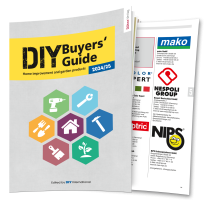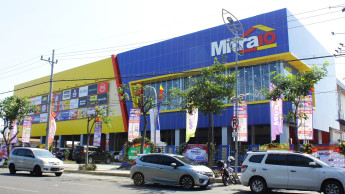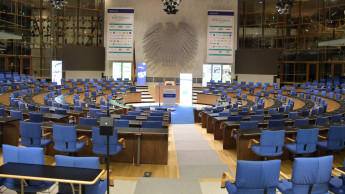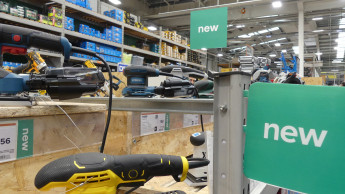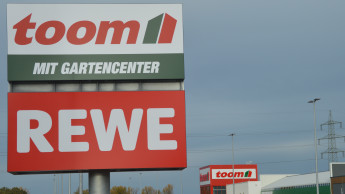It is only recently that the first survey of the Italian DIY retail trade was unveiled. It appeared thanks to the French manufacturers' association Unibal, which was the first organisation in the industry to investigate this difficult market. It ascertained that the market was worth approximately € 10.4 bn at the end of 2004. This more or less tallies with the figures from Findomestic Bank, which has been examining the DIY market for two years now and estimates it at about € 10 bn. The DIY stores – multiple, cooperative and franchised – account for 20
per cent of this, and they have good prospects for further growth, unlike the traditional retail sector, where sales and numbers of outlets continue to decline.
When northern Italy is compared with the south, the results are very uneven here as well. According to Unibal, the DIY stores in the north achieve a 24 per cent share of sales (and even approaching 45 per cent in the Milan region), whereas the operators in the south of the country only manage 9 per cent. The market tendency is, however, not so promising as the new openings make it appear; which is why the entrepreneurs in the sector are cautiously mentioning a plus sign, but one that will not exceed the 5 per cent mark.
Despite this, the Italian DIY retailers are opening new stores. And not only the well-known large-scale operators such as Leroy Merlin, Castorama or Obi, which have the not inconsiderable capital of an international group behind them, but also, for good reason, the “smaller” sales channels, which are proving to be considerably more dynamic. Their greater flexibility contributes to this, as does their smaller floorspace, which makes it easier to find products. Most important is the way they are recruiting new outlets, which then become members of the sales channel. This tendency has characterised the market for about three years now and is solid proof of the renewal process that the Italian distribution system is undergoing.

 Menü
Menü







